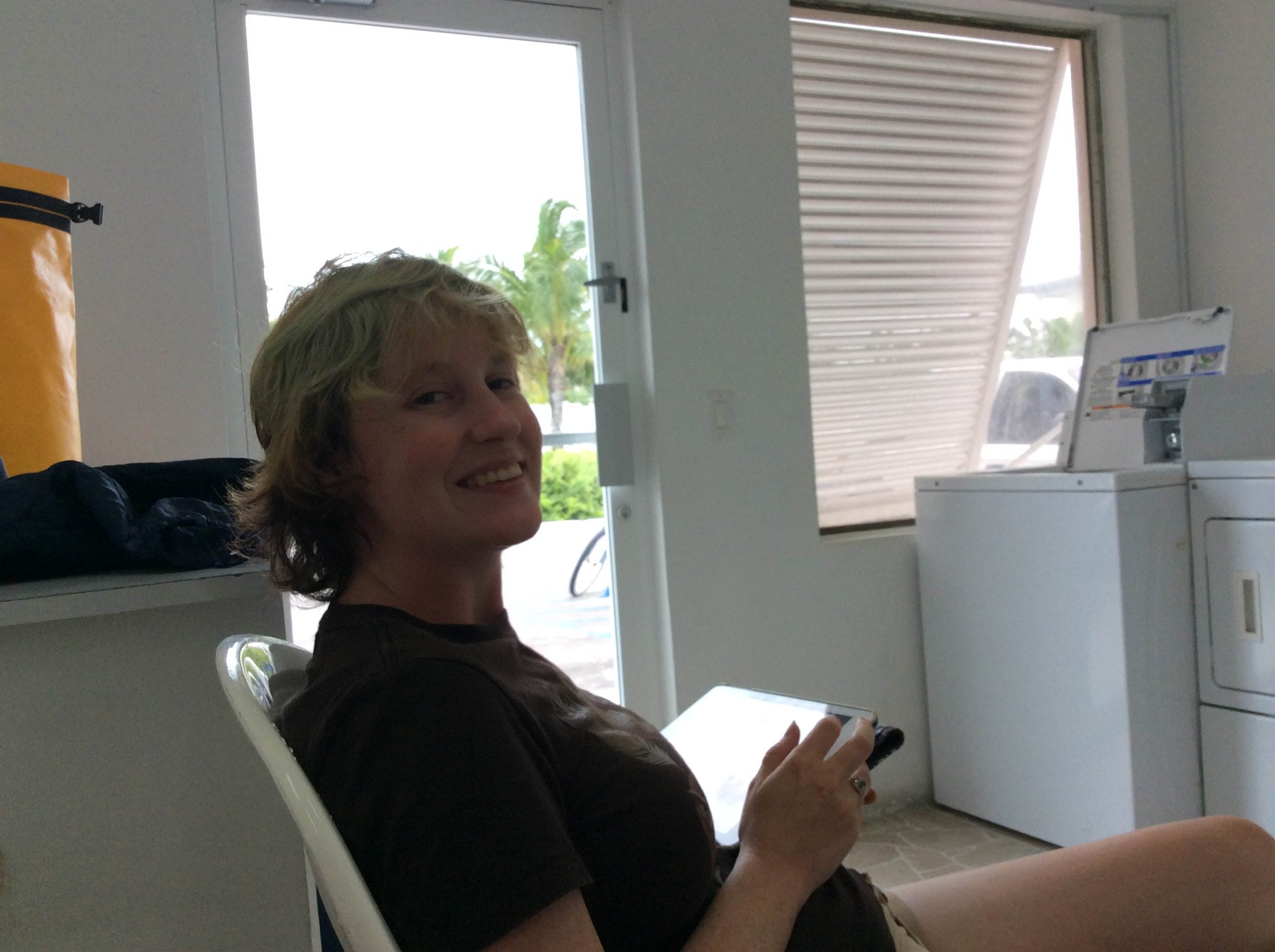I have seen many forms of softening the blow of a snapping dockline.
Springs or large rubber rods with the line wrapped around it are common favorites sold in chandleries around the world. These devices provided needed elasticity to the dockline and prevent that awful SNAP when the line goes tight, jerking the boat in the slip!
My personal favorite is to use the correct type of rope for a dockline. All too often, I see boats with double braid docklines utilizing line snubbers on each line. Double braid doesn’t have the needed elasticity for this purpose; while it looks pretty, it’s not the right material for the job. Double braid stretches only 8% under load while Three-Lay stretches 20% under load. That will give you the needed elasticity, and at a lower price point when compared to double braid!
Sometimes, 20% elasticity is still not enough and you just need more cushion from surge that comes into the marina. Well, this is where those line snubbers (springs or rubber rods) can come in handy; but they are very expensive, especially when you need to buy a lot of them!
In Gibraltar, our neighbor has come up with a very creative and cheap solution to the problem: a discarded motorcycle tire.
Gibraltar might be famous for the rock, but when you spend time here, you will come to find that they should also be famous for their scooters! At some point, the tires will wear out and be thrown away, an opportunity when a cruiser can pick up a tire for free!
My neighbor tied the tire into the dockline to use it as a snubber, giving him wonderful elasticity with very low cost. He also has a safety line that runs uninterrupted from boat to pier just in case the tire fails and falls apart. The last thing you want to to break your mooring lines in a storm! Having spare mooring lines in place means that he won’t drift into his neighbors while Mediterranean Moored if his stern lines break!
While I am not a fan of the little contraptions that people add to their docklines (because they are expensive, bulky, and added points of failure), I do think this tire idea is creative and robust for someone who lives permanently in this marina.






